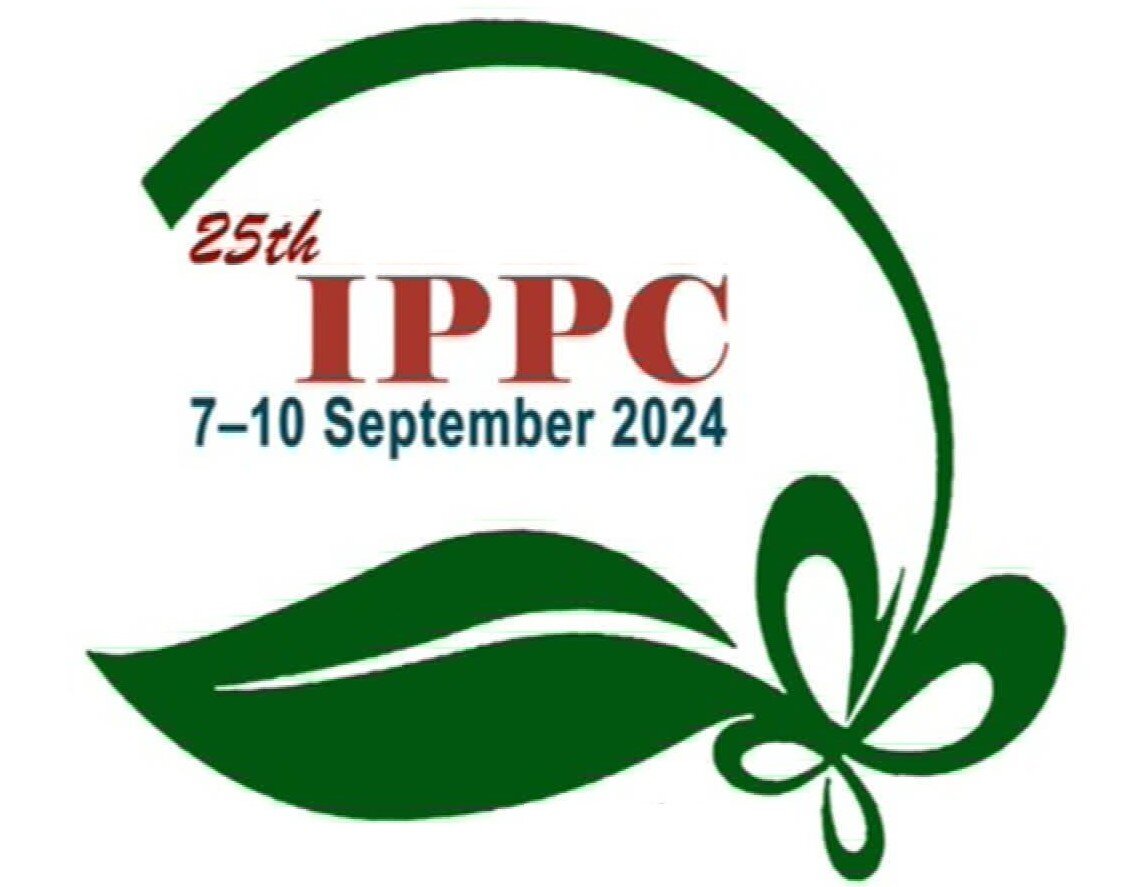Tehran to host Iranian Plant Protection Congress

TEHRAN –The 25th Iranian Plant Protection Congress will commence tomorrow in Tehran and is scheduled to wrap up on September 10.
The biennial congress will be hosted by the Scientific and Industrial Research Organization of Iran. More than 1,300 plant protection specialists have applied to participate and some 1,000 research articles have been received so far, IRNA reported.
The congress focuses on six main topics including the identification and utilization of biological diversity and genetic resources; the role of plant protection in food security; entrepreneurship and new job opportunities; the production of safe, high-quality agricultural products; the expansion of new technologies in plant protection; climate change, invasion, and the emergence of new pests.
Enhancing knowledge and experiences in plant protection, showcasing the latest achievements as well as scientific and technological developments, establishing scientific and industrial communication, and exploring ways to address plant protection challenges are among the main goals of the congress.
Unique plant diversity
The diversity of plants in Iran is unique in West Asia to the extent that the country ranks second following Turkey.
In addition to native plants, there are also some other species in the country known as endemic species which are much more limited than native species. Out of 8,000 native species, some 1,800 are endemic. These species are found only in a certain geographical area.
Due to human activities, biodiversity has faced numerous threats, including habitat loss and fragmentation, overexploitation of natural resources, pollution, invasive species, and climate change, which has led to the extinction of many species and the degradation of ecosystems worldwide.
Habitat destruction is one of the main factors that affects the extinction of a species. Road construction, mining, overgrazing, and land use change greatly damage wildlife habitats and reduce population size and genetic diversity within a species.
Drought has resulted in decreased vegetation diversity and lack of food for herbivorous species.
Several measures can be taken to mitigate the impacts of climate change, particularly drought, on the destruction of plants, such as managing the exploitation of natural resources and preventing the destruction of ecosystems to prevent severe conditions and lessen pressures on plants.
Also, raising public awareness to protect nature is an important step that helps governments to preserve nature.
By improving local communities, private sectors, and individuals’ roles in preserving wildlife along with the help of today's science and technology, we can make sure that ecosystems can thrive and plant and animal species can exist for future generations.
In addition, it is essential, for all countries, to reduce greenhouse gases by making comprehensive, decisive, and coordinated decisions.
MT/MG
Leave a Comment